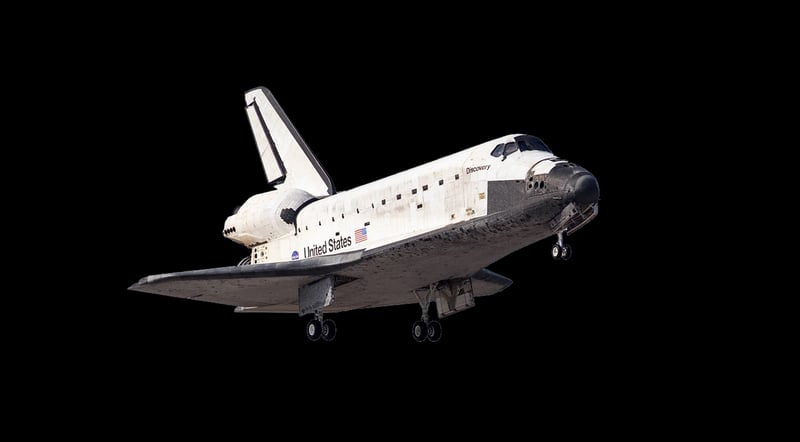Space Habitats
The Future of Living: Innovative Space Habitats
As technology continues to advance at a rapid pace, the idea of living in space is no longer confined to the realm of science fiction. Space habitats, once a distant dream, are now becoming a tangible reality thanks to innovative advancements in various fields.
What are Space Habitats?
Space habitats are artificial living environments designed to accommodate human life in outer space. These habitats provide everything humans need to survive and thrive in the harsh conditions of space, including air, water, food, and shelter.
Types of Space Habitats
There are several types of space habitats that scientists and engineers are currently working on:
- Orbital Space Habitats: These habitats are designed to orbit around celestial bodies like Earth or the Moon. They can vary in size and shape, from small modules to large rotating structures.
- Lunar Habitats: With plans to return to the Moon, lunar habitats are being developed to sustain human life on the lunar surface for extended periods.
- Martian Habitats: As we set our sights on Mars, habitats are being designed to support long-duration missions to the Red Planet.
Key Advancements in Space Habitat Technology
Several groundbreaking advancements have propelled the development of space habitats:
- 3D Printing: The use of 3D printing technology allows for the on-site construction of habitats using local materials, reducing the need to transport large structures from Earth.
- Regenerative Life Support Systems: These systems mimic Earth's ecosystems by recycling air, water, and waste to create a sustainable living environment.
- Advanced Materials: Lightweight and durable materials are being developed to withstand the challenges of space travel and protect inhabitants from cosmic radiation.
The Vision of Space Habitats
The ultimate goal of space habitats is to enable long-term human presence in space, whether for scientific research, commercial activities, or even planetary colonization. By creating self-sustaining environments beyond Earth, we are taking the first steps towards becoming a multiplanetary species.

Exciting times lie ahead as we continue to push the boundaries of what is possible in space exploration. With innovative advancements driving the development of space habitats, the dream of living among the stars is closer than ever before.
Are you ready to embark on this cosmic journey?
